
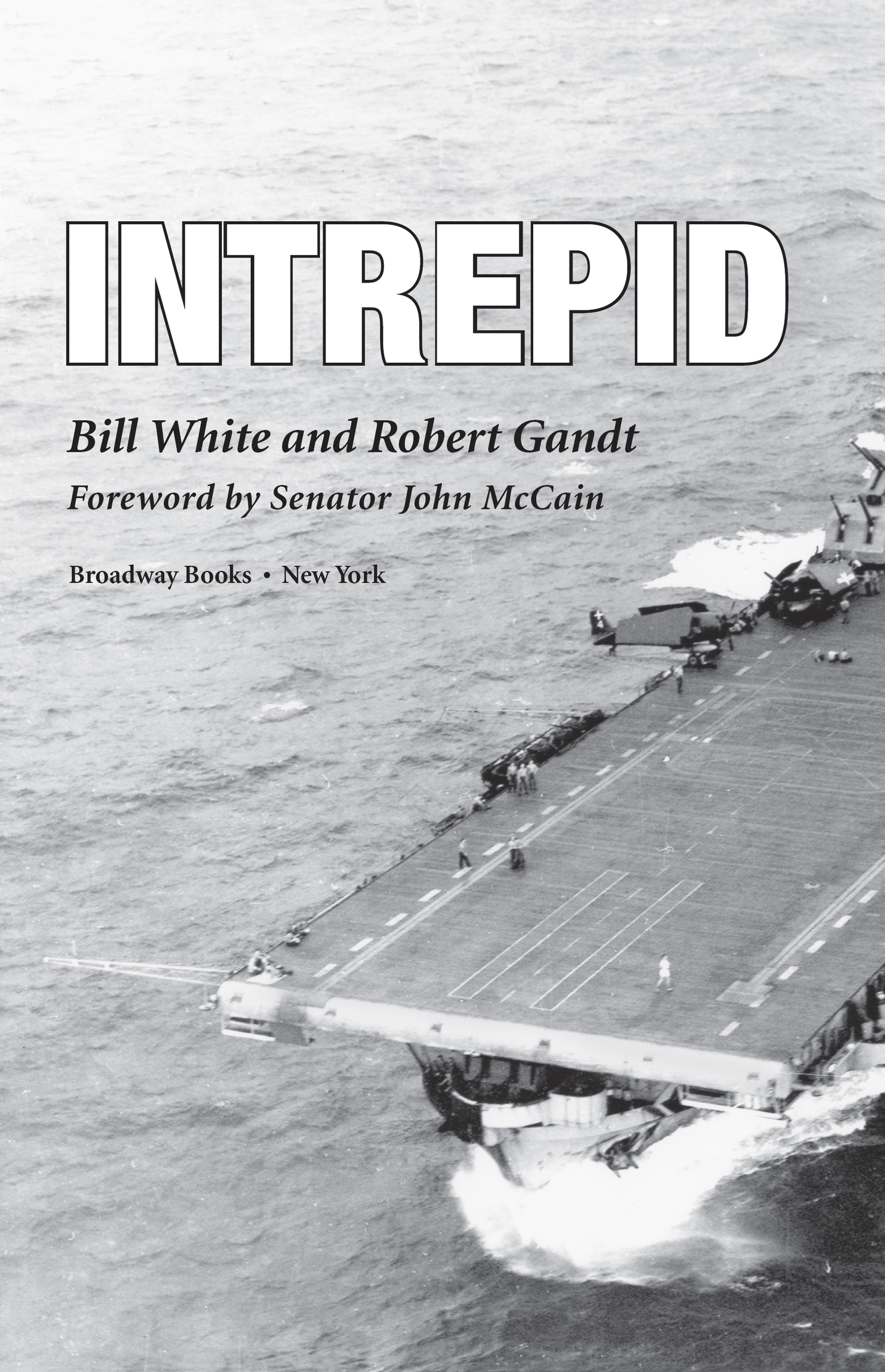
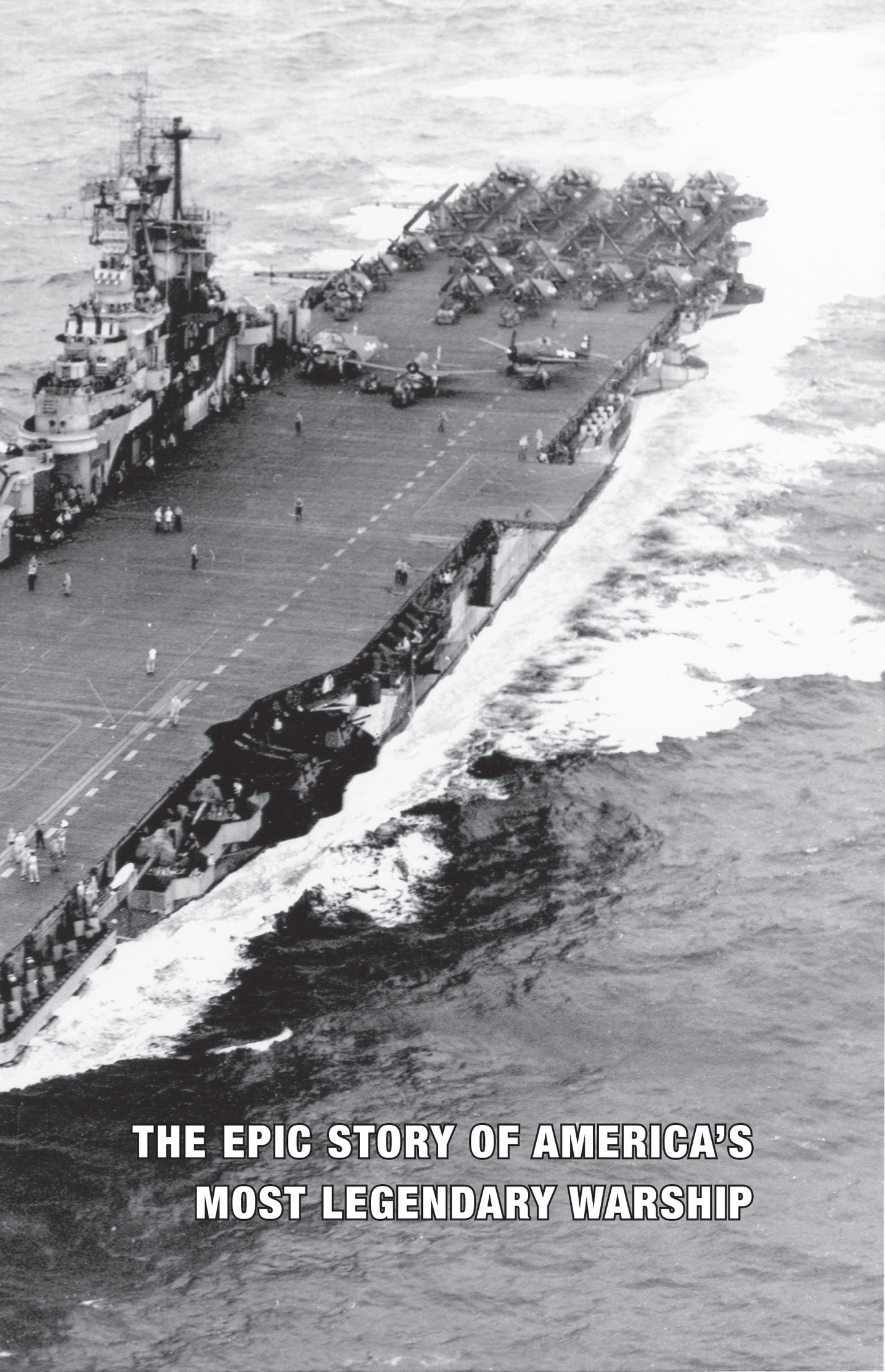
 CONTENTS
CONTENTS
To all the brave men and women in uniform who have served in the defense of freedom, and to their families. May our nation never forget your sacrifice.
 FOREWORD
FOREWORD
by Senator John McCain
This book by Bill White and Robert Gandt is more than just a tribute to a famous ship. The story of USS Intrepid is, above all else, a story about people. In the thirty years of Intrepids military career, some 55,000 Americans served aboard her. She is an amalgam of all their stories, some incredibly heroic, some poignant, some heartbreakingly sad. It is the spirit of those men that gives life to this great warship. Her history is our history; her story tells us not just about a ship but also about a country.
For me, the story of USS Intrepid is a personal journey. My relationship with this remarkable vessel spans three generations. My grandfather, Adm. John S. Slew McCain, commanded Carrier Task Force 38 during the final, decisive sea battles of World War II. Intrepid was one of the fast carriers of his task force. She fought under his command in the Philippines in 1944, and he stood aboard her after she endured a near-fatal kamikaze attack in November 1944.
More than two decades later, during Intrepids third deployment to Vietnam, she served under my father, Adm. John S. McCain Jr., who was commander in chief of U.S. forces in the Pacific. Under his command, Intrepids aircraft flew hundreds of combat sorties and bombing runs over North Vietnam, while I, coincidentally, resided in a Hanoi prison. On Christmas Day, 1968, my father went aboard Intrepid to celebrate the holiday with the crew in the Tonkin Gulf.
My own first contact with Intrepid came early in my career. As a newly winged naval aviatora nugget, in Navy parlanceIntrepid was my first carrier. I was assigned to Attack Squadron 65 and flew the venerable Douglas AD-6 Skyraider. I can still hear the loud throbbing noise of the Skyraiders Wright engine starting up, and I remember clearly that first catapult launch from Intrepida wild, exhilarating ride, like being shot from a cannon. Like every fledgling carrier pilot, I remember staring in awe at Intrepids postage-stamp-sized deck as I closed in to make my first arrested landing.
I made several deployments aboard Intrepid, including two to the Mediterranean Sea. As an older, Essex-class carrier, she was overshadowed by the big-deck supercarriers such as Forrestal and Saratoga. She had only two catapults versus their four, and yet she consistently beat them at their own game, launching and recovering aircraft as fast as and often faster than her bigger and newer rivals. Intrepids crew and her air group comprised an efficient, tightly knit team, and we were all proud to serve aboard her.
This legendary ship ended her active-duty life in 1974. After languishing for several years in a shipyard, this old shipthe survivor of kamikaze and torpedo attackslooked to meet her final fate at the scrap yard. But then came a heroand a cityto rescue and transform Intrepid. She now stands as a proud sea, air, and space museum, moored near the heart of one of our greatest cities.
Famous warships, like consecrated battlefields and military museums, have the power to capture our imaginations. When you walk the decks of Intrepid, study the exhibits, touch the gray steel of her bulkheads, it is impossible not to sense the closeness of history. You feel yourself being transported in time. You may hear the thunder of gunfire. You can feel the deck once again resonate with the throb of engines. Your nerves may sense the approach of kamikazes or the silent danger of an incoming torpedo.
A great ship such as Intrepid also has the power to educate. From her dramatic story, our citizens learn the vital lessons of their own history. They understand the sacrifices made by their fathers and grandfathers in the most cataclysmic of all wars. They grasp how ordinary Americans like themselves were sent into the smoke and chaos of battle and rose to greatness, achieving a victory that changed the course of humankind. Intrepid serves as a visible tribute to that greatest generation of heroes.
Intrepid is also a stage from which we honor todays heroes. There is no better place than on the decks of this veteran warship to salute our present generation of soldiers, sailors, airmen, marines, and coast guardsmen, those brave Americans who risk everything on our behalf. Intrepid stands as a living connection between our heroes of the past and those of the present.
It is also the namesake for the worlds most technologically advanced rehabilitation center for amputees and burn victims. The Center for the Intrepid, made possible by the generosity of so many to the Intrepid Fallen Heroes Fund, and particularly the Fisher family, helps Americans who have sacrificed so much for our sake to have the care they deserve and the comfort of their families as they recover from wounds and rebuild their lives.
Of all Intrepids missions, perhaps her most important is to inspire our heroes of tomorrow. Our nations future is bright and boundless, but not guaranteed. Only through the heroic efforts of a new generation of Americans will our liberty and ideals be preserved. The USS Intrepid and her educational programs present a powerful and tangible representation of that age-old virtuelove of country, pride in America.
I urge you to read this story of the magnificent Intrepid, and then, armed with the knowledge of her glorious past, take the opportunity to visit her in person. Let yourself be immersed in the sights and sounds and feel of history. The story of the Intrepid is a classic American saga. Long may she serve as a symbol of our countrys greatness.
John McCain
 INTREPID TIME LINE
INTREPID TIME LINE
December 1, 1941: Keel laid at Newport News, Virginia.
December 7, 1941: Japanese attack on Pearl Harbor. United States enters World War II.
April 26, 1943: Launched.
August 16, 1943: Commissioned CV-11.
December 3, 1943: Sailed for Pearl Harbor via Panama Canal and San Francisco.
JanuaryFebruary 1944: Participated in the Marshall Islands invasion, raids on Kwajalein.
February 16, 1944: Participated in attack on Truk Pacific fortress.
February 17, 1944: Struck by Japanese aerial torpedo.
AugustOctober 1944: Supported invasion of the Palaus and landings on Peleliu. Strikes against the Philippines, Formosa, Okinawa.
October 2426, 1944: Fought in Battle of Leyte Gulf. Helped sink super-battleship
Next page


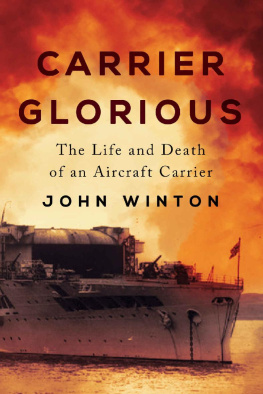

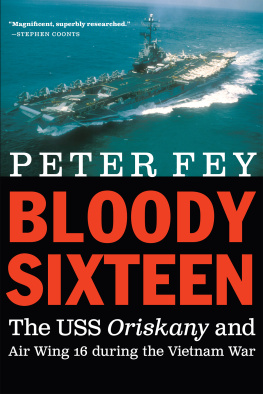

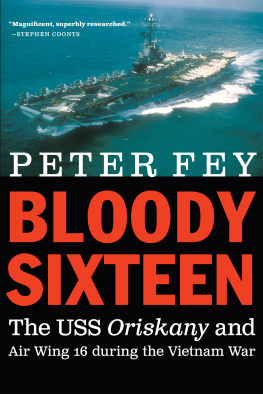
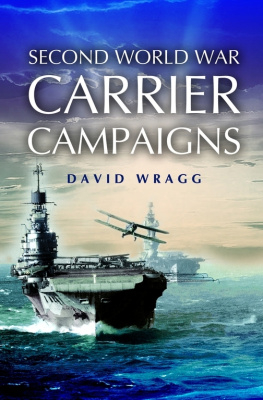
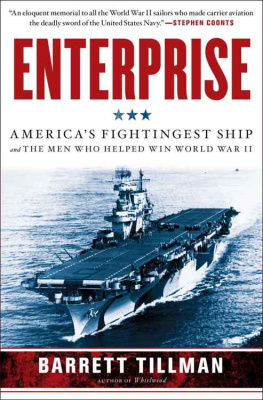
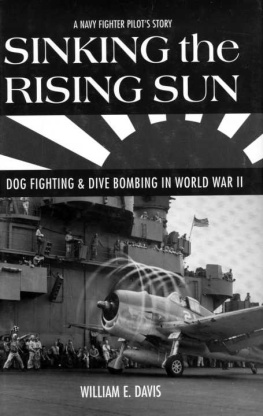



 CONTENTS
CONTENTS